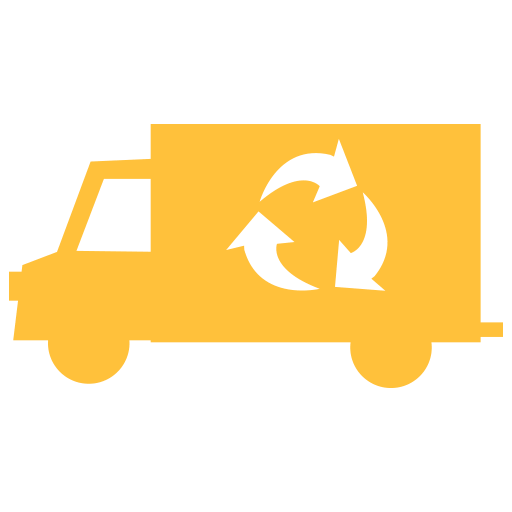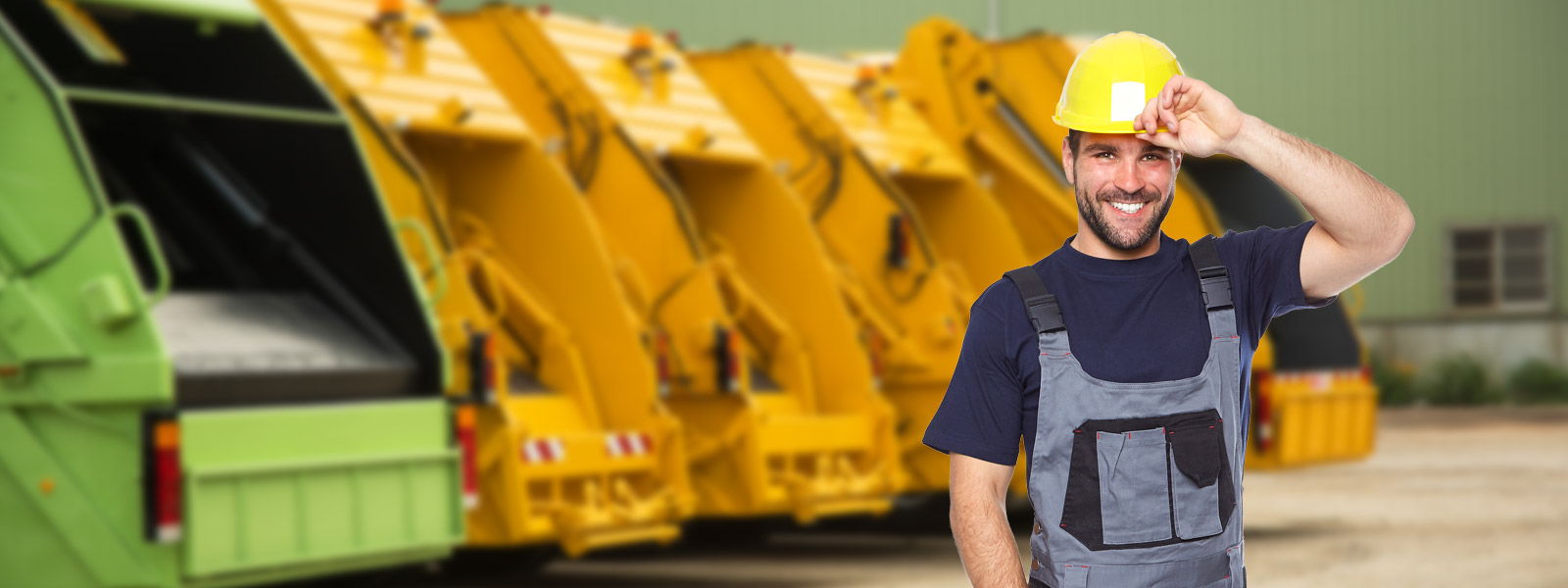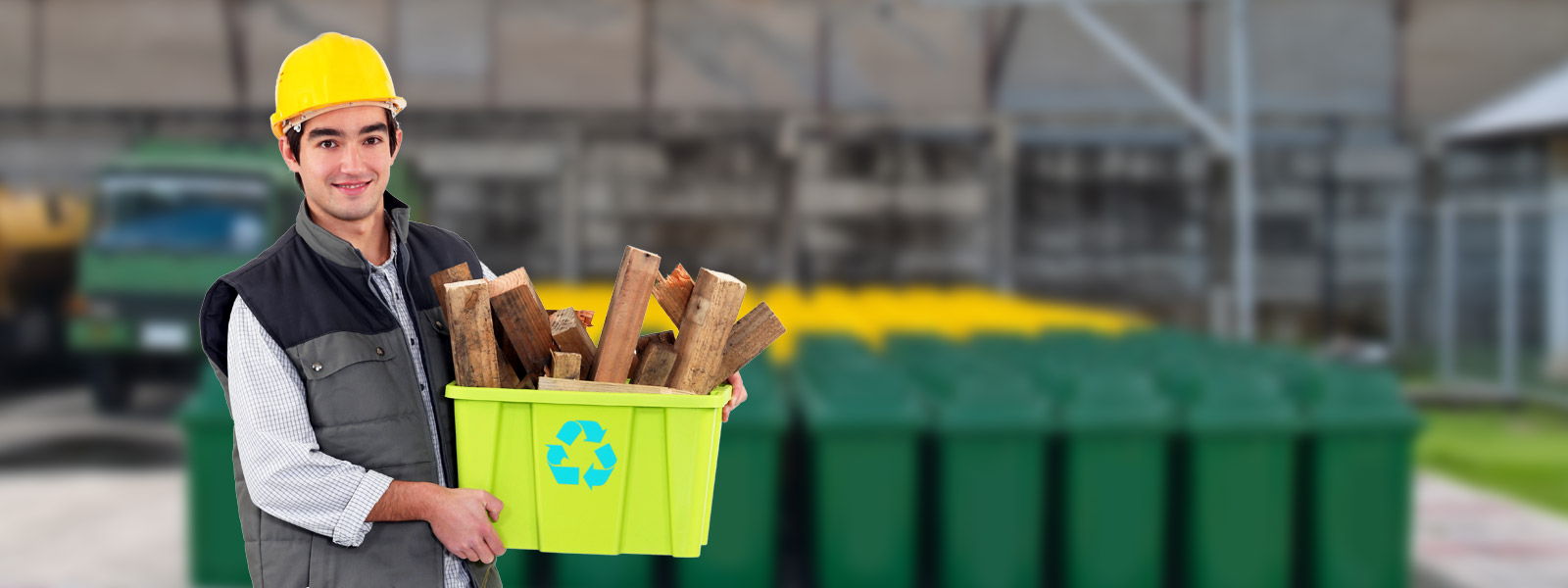Dealing with Waste Through Time: Practices from Past to Present
Posted on 18/06/2025
Dealing with Waste Through Time: Practices from Past to Present
The challenge of dealing with waste through time is as old as civilization itself. As humans collect, live, eat, work, and travel, they generate continuous streams of refuse. But how has society dealt with its waste from prehistory to the modern age? And what lessons can contemporary societies glean from these historical practices to foster more sustainable waste management? This comprehensive article traces the fascinating evolution of waste disposal, recycling, and reduction methods across ancient, medieval, industrial, and contemporary eras.

The Origins of Waste: A Prehistoric Perspective
Waste has existed since the dawn of humanity, beginning with organic scraps, broken tools, and fire residues. Early hunter-gatherer societies produced minimal waste, thanks to their reliance on natural, biodegradable materials. Much of what they left behind--bones, shells, wooden implements--was swiftly reintegrated back into nature's cycles.
Prehistoric Practices for Waste Disposal
- Organic Decomposition: Food residues and tool fragments decomposed naturally, aided by scavengers and the elements.
- Intentional Burial: Archaeological findings reveal deliberate burying of bones and broken tools, both for tidiness and spiritual beliefs.
- Reuse and Repair: Early humans were resourceful, often repurposing or repairing objects rather than discarding them.
Key Takeaway: Waste generation remained low and non-toxic, and disposal was entwined with local ecological systems--an unexpectedly sustainable model!
Ancient Civilizations and Sophisticated Waste Management
As societies settled and grew larger, waste centralized. The rise of farming, urban centers, and eventually empires produced new challenges in controlling refuse. Archaeological discoveries from the Indus Valley, Ancient Egypt, Greece, and Rome highlight early sophisticated waste management practices.
Sanitation in Ancient Cities
- Indus Valley Civilization: Boasted advanced covered drains, public baths, and collection points for waste, showing early awareness of sanitation.
- Ancient Rome: Innovated with public latrines, a vast sewer network (Cloaca Maxima), and municipal street cleaners (the "Aeditui") to handle trash and human waste.
- Ancient Greece: Historians note laws for waste removal to keep cities clean and prevent disease.
Noteworthy: Despite these advancements, much waste--especially industrial and animal--was often released into rivers or open pits, leading to periodic health crises.
Medieval Times: Waste, Disease, and the Rise of Regulation
In the medieval era, as European cities swelled, waste management faltered. Narrow streets, dense housing, and lack of infrastructure posed significant health risks.
Common Practices in Medieval Waste Disposal
- Open Dumps: Households dumped refuse into street gutters or waterways, creating foul-smelling, disease-prone environments.
- Night Soil Collectors: Employed to remove human waste at night, often dumping it outside city walls or selling it as fertilizer.
- Royal Decrees: Monarchies and city councils enacted ordinances for the collection, removal, and sometimes the recycling of organic matter and bones.
Impact: The lack of systematic waste handling led to outbreaks of plague and other epidemics, emphasizing the vital link between waste and public health.
The Industrial Revolution: Waste Crisis and Innovation
The Industrial Revolution marked a profound transformation in both waste production and management. Factories generated unprecedented volumes of industrial and urban waste, much of which was toxic or non-biodegradable.
Milestones in Waste Handling During the Industrial Age
- Mass Production of Non-Biodegradable Waste: Glass, tin, and especially plastics entered the waste stream, outpacing the pace of traditional decomposition.
- The Advent of the Dustbin: The first official curbside collection systems emerged in London and Paris, backed by municipal authorities and a newfound awareness of sanitation's importance.
- Incineration and Dumping: Early waste incinerators were developed, although harmful emissions and open dumps remained common.
- Environmental Awareness: Concerns grew over pollution, leading to laws restricting waste dumping and fostering the development of landfills.
Key Lessons: The surge in man-made waste forced society to develop not only new disposal technologies but also comprehensive waste regulations.
Modern Waste Management: From Discard to Resource
Today, managing waste is a highly technical, multi-layered process involving collection, sorting, recycling, composting, and safe disposal. This era is defined by a shift in attitude--from mere disposal to resource recovery and sustainable waste solutions.
Contemporary Waste Disposal and Recycling Systems
- Segregated Collection: Most cities prioritize collection of waste at source--separating kitchen waste, recyclables, e-waste, and hazardous materials.
- Recycling and Upcycling: Paper, glass, metal, plastics, and electronics are sorted, processed, and reintegrated into new manufacturing cycles.
- Landfilling: Modern landfills are engineered for minimal environmental impact--featuring lining systems, leachate collection, and methane capture.
- Composting: Organic waste is broken down into nutrient-rich compost, reducing landfill use and enriching soils.
- Waste-to-Energy: Advanced incinerators and anaerobic digesters convert waste into electricity and heat, reducing landfill dependency.
Sustainability Focus: Regulations, corporate responsibility programs, and public awareness campaigns drive efforts to reduce, reuse, and recycle--often summarized as the "3Rs" of waste management.
Global Challenges: The Mounting Crisis of Modern Waste
Despite technological advances, global waste continues to grow, threatening ecosystems and human health. According to World Bank data, the world generates over 2 billion metric tons of municipal solid waste annually, with estimates set to increase by 70% in the next three decades.
Key Issues Facing Waste Management Today
- Plastic Pollution: Single-use plastics persist in landfills and oceans for centuries, harming wildlife and entering food chains.
- E-Waste Dilemma: Rapid technological turnover generates vast sums of toxic electronic waste, much of it improperly handled.
- Unequal Infrastructure: Many developing nations lack adequate waste treatment, leading to open dumping and burning.
- Hazardous Waste Streams: Chemicals, pharmaceuticals, and heavy metals require safe, often costly, management practices.
Takeaway: Managing waste globally needs international cooperation and adopts advanced technologies for reduction, recycling, and recovery.
Innovative Approaches: The Future of Waste Management
The future of waste management promises innovation and adaptation, building upon traditional knowledge and modern science alike. From circular economy models to "zero waste" lifestyles, new strategies hope to stem the tide of refuse and redefine our relationship with waste.
Emerging Trends and Technologies
- Circular Economy: Products are designed for longevity, repair, and reuse, with materials cycled endlessly back into production.
- Smart Waste Systems: IoT-connected bins, sensor-fitted trucks, and AI-driven recycling plants maximize efficiency while reducing costs.
- Bio-based and Degradable Materials: Substituting plastics with compostable biopolymers and other earth-friendly alternatives.
- Waste Reduction at Source: Public campaigns encourage minimal packaging, reuse, and community composting.
Slogan for the Future: "Waste is not the end-point but a resource waiting to be recovered."

Traditional Practices Revisited: What We Can Learn
In the quest for innovative waste management solutions, many communities are re-examining historic waste handling practices. The pre-industrial imperative to repair, repurpose, and compost serves as a timeless guide for today's sustainability movements.
Lessons from the Past
- Community Participation: Just as night soil collectors and village composters formed the backbone of pre-modern systems, contemporary waste management thrives when communities participate in source segregation and recycling.
- Resource Conservation: The ancient pursuit of thrift lives on in modern upcycling, repair cafes, and sharing economies.
- Natural Decomposition: Composting, once a necessity, has re-emerged as a strategy for nutrient cycling and landfill diversion.
Final Thoughts: Towards a Sustainable Waste Future
The journey of dealing with waste through time offers a vivid illustration of humankind's ingenuity, adaptability, and, occasionally, folly. From organic decomposition in the Stone Age, urban sanitation in Rome, and the beginnings of collection during the Industrial Revolution, to today's high-tech sorting and recycling plants--the evolution is both inspiring and humbling.
To foster a sustainable future, society must blend the wisdom of the past with innovative technologies. This means not only developing advanced waste treatment systems but also cultivating a culture that values reduction, repair, and reuse.
Dealing with waste through time reflects more than just disposal methods; it mirrors society's evolving relationship with its environment. By adopting an integrated, circular approach and empowering individuals and communities, we can ensure that managing waste becomes a driver of environmental health, economic opportunity, and social wellbeing for generations to come.
Key Takeaways for Effective Waste Management:
- Minimize waste generation by choosing durable, repairable goods and avoiding unnecessary consumption.
- Support innovative recycling and composting efforts in homes, schools, and communities.
- Advocate for effective policies that encourage responsible producer stewardship and infrastructure investment.
- Learn from both past and present to shape a society where waste is not a burden, but a resource.
Interested in more waste management tips? Subscribe to our newsletter for the latest insights on sustainable living and innovative waste reduction strategies!
 House clearance
House clearance Rubbish collection
Rubbish collection








 020 3744 6462
020 3744 6462 020 3744 6462
020 3744 6462


